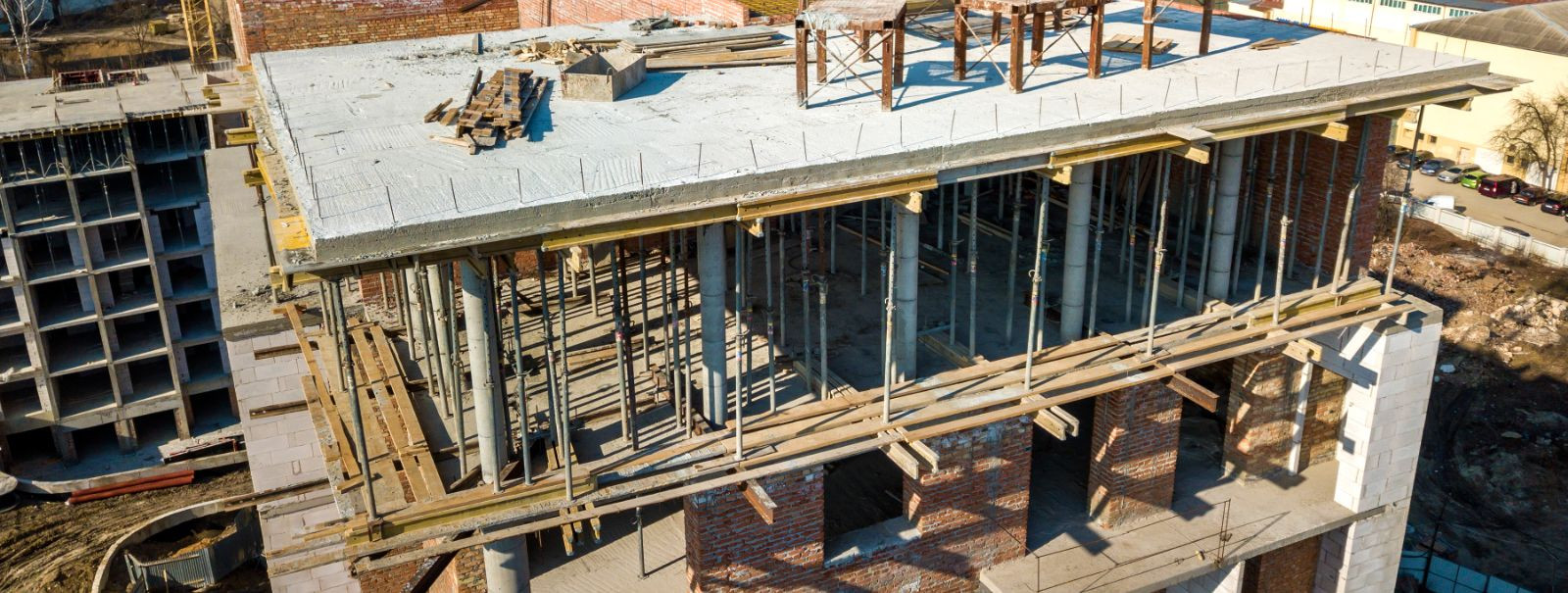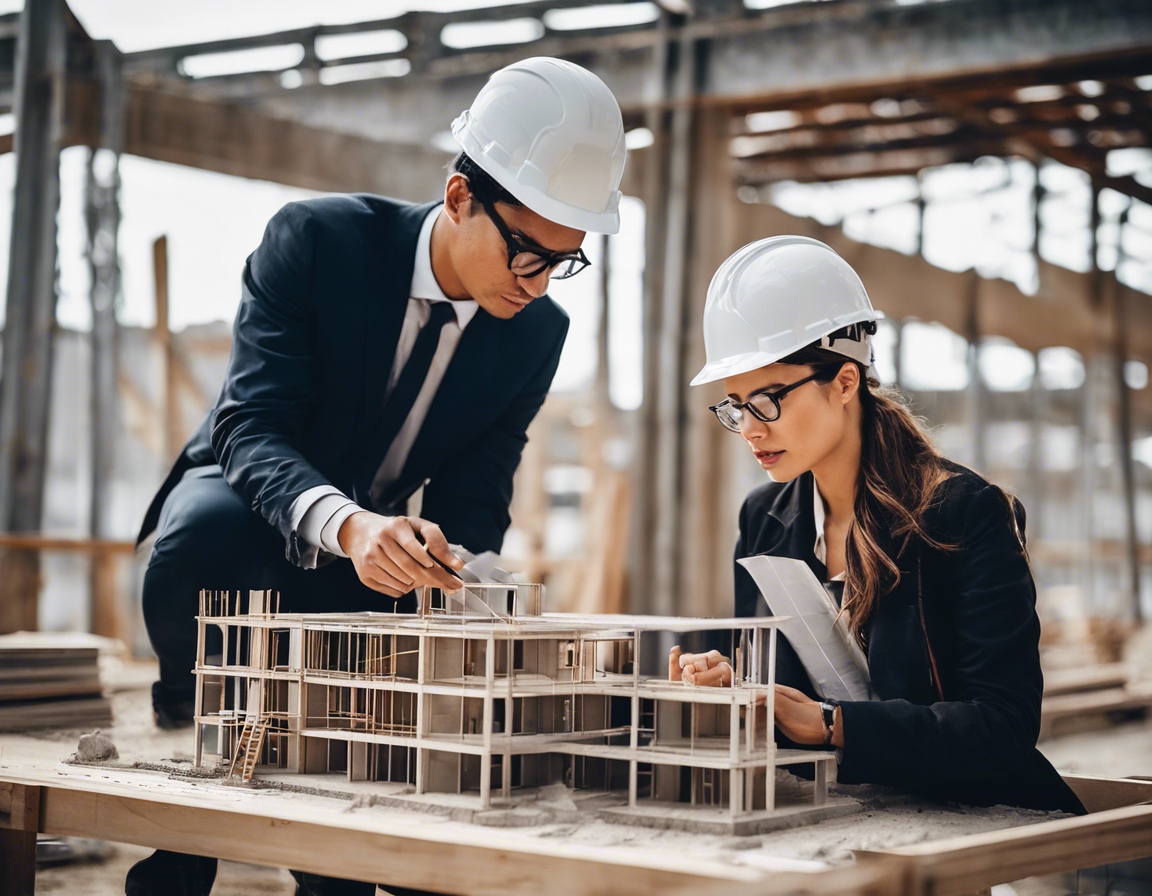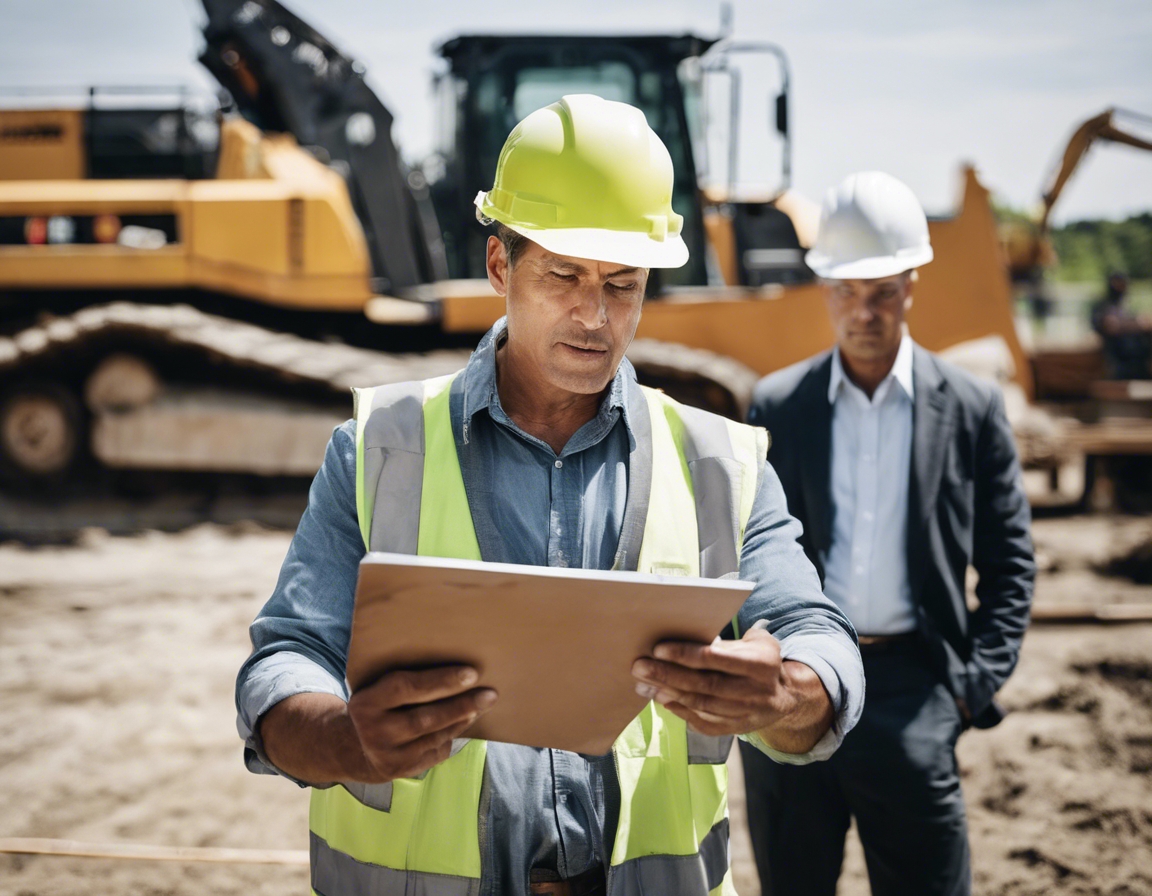Top 5 sustainable building practices in 2025
As we move further into the 21st century, the construction industry is increasingly focusing on sustainability. By 2025, sustainable building practices are not just a trend but a necessity. These practices aim to reduce the environmental impact of buildings, enhance energy efficiency, and promote the use of eco-friendly materials. For property developers, commercial businesses, and residential clients, understanding these practices is crucial for creating buildings that are not only innovative but also environmentally responsible.
Practice 1: Net-Zero Energy Buildings
Net-zero energy buildings are designed to produce as much energy as they consume over a year. This is achieved through a combination of energy-efficient design and renewable energy sources. The importance of net-zero energy buildings lies in their ability to significantly reduce carbon footprints and energy costs, making them a cornerstone of sustainable construction.
To achieve net-zero energy status, builders must incorporate high-performance insulation, energy-efficient windows, and advanced HVAC systems. Additionally, integrating renewable energy sources such as solar panels or wind turbines is essential. Energy modeling software can also be used to optimize building design and ensure energy goals are met.
Practice 2: Use of Recycled and Renewable Materials
In 2025, the use of recycled and renewable materials is a key sustainable building practice. Materials such as reclaimed wood, recycled metal, and bamboo are increasingly popular. These materials not only reduce waste but also lower the demand for new resources.
The benefits of using recycled and renewable materials include reduced environmental impact and often lower costs. However, challenges such as sourcing consistent quality materials and ensuring they meet building codes can arise. Overcoming these challenges requires careful planning and collaboration with suppliers.
Practice 3: Smart Building Technologies
Smart building technologies are revolutionizing the way buildings operate. By integrating Internet of Things (IoT) devices and artificial intelligence (AI), buildings can optimize energy use, enhance security, and improve occupant comfort. These technologies allow for real-time monitoring and control of building systems, leading to increased efficiency.
Energy management systems (EMS) are a critical component of smart buildings. They provide detailed insights into energy consumption patterns and enable automated adjustments to reduce waste. Implementing an EMS can lead to significant energy savings and contribute to a building's sustainability goals.
Practice 4: Water Conservation Techniques
Water conservation is a vital aspect of sustainable building practices. Rainwater harvesting systems collect and store rainwater for non-potable uses such as irrigation and toilet flushing. This reduces the demand on municipal water supplies and lowers water bills.
Greywater recycling involves treating and reusing wastewater from sinks, showers, and washing machines. This practice can significantly reduce water consumption and is becoming increasingly common in sustainable building designs.
Practice 5: Green Roofs and Vertical Gardens
Green roofs and vertical gardens are not only visually appealing but also offer numerous environmental benefits. They improve air quality, reduce urban heat island effects, and provide insulation, leading to energy savings. Economically, they can increase property value and reduce stormwater runoff fees.
When designing green roofs and vertical gardens, factors such as plant selection, structural support, and maintenance must be considered. Proper design ensures these features are sustainable and effective in achieving their environmental goals.






Comments (0)